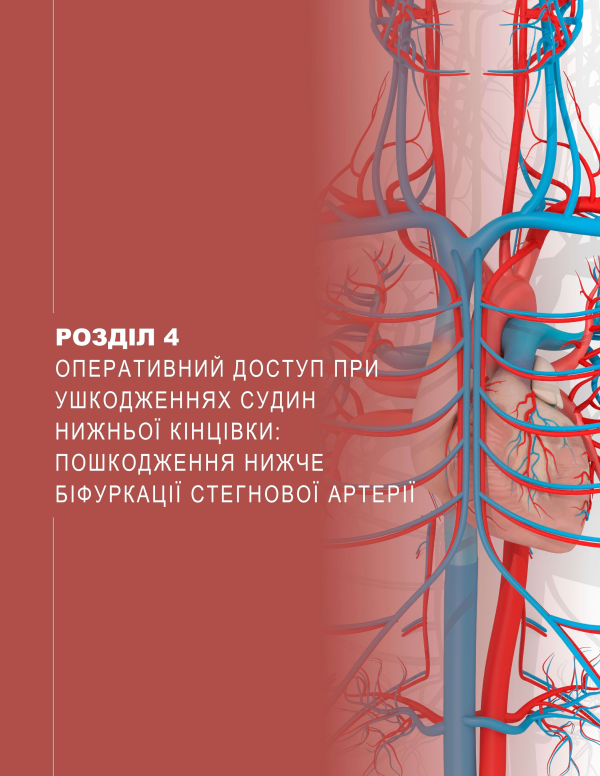Support the development of the TCCC project in Ukraine
- Learning Objectives
- Considerations
- Prepping and Positioning
- Exposure of the Distal Superficial Femoral Artery (SFA)
- Potential Pitfalls
- Popliteal Artery Exposure
- Anatomy
- Exposure of the Popliteal Artery above the Knee
- Exposure of the Popliteal Artery below the Knee
- Arterial Trifurcation and Beyond
- Pearls and Pitfalls of Popliteal Artery Exposure



















